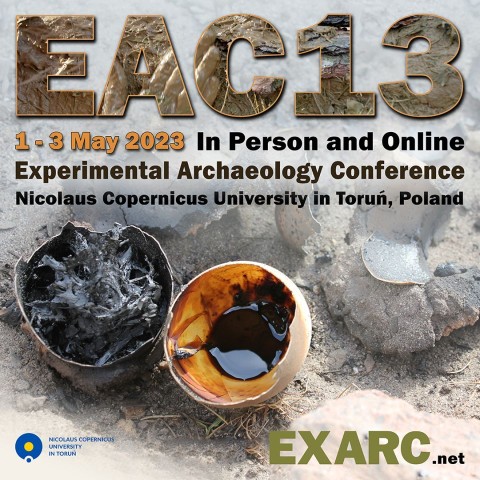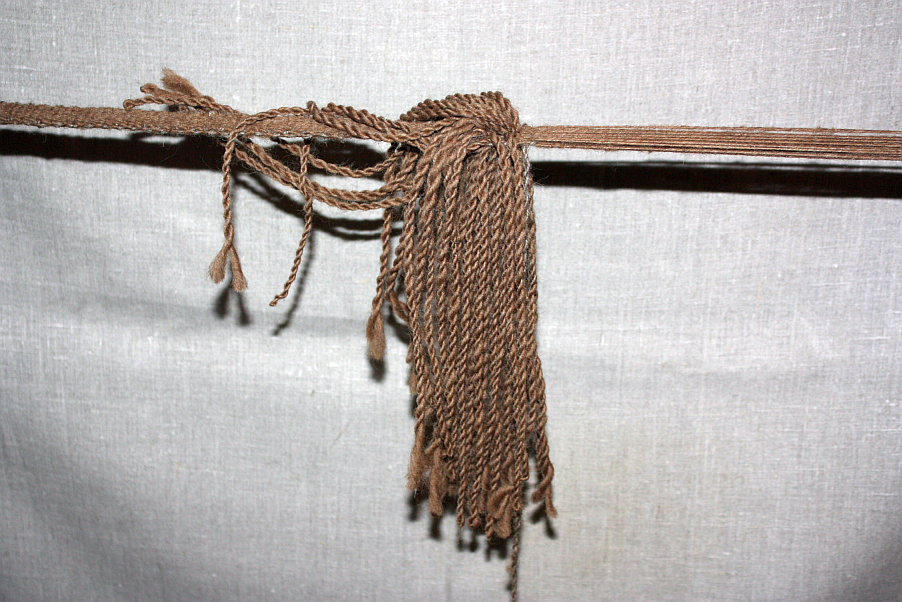Just this weekend, I found myself in the middle of a discussion about changes the pandemic has made to our working life, and the pros and cons of home office and company office. The verdict (at least for me) was - a lot of things very, very much depend on individual circumstances. There's people who find it much easier to stick their head in a colleague's office and ask a question, or ask around at the coffee machine and water cooler, and others find it easier to quickly type a question into a group chat or send an email around.
There's people who can work comfortably from home, having enough space and enough of an internet connection, and there's others who can't. There's those who are on the phone with faraway colleagues most of the time anyways and those who need to handle things that can only be handled in person on site. So - it very much depends.
One thing that the pandemic has changed, though, is the openness towards online-only and hybrid events - and I, for one, am still utterly delighted that a lot of conferences now offer online participation or online streaming. I'm especially delighted if said online participation is free (or has a very low fee) because it's often been the case that a conference had two or three presentations that sounded very interesting to me, but for those it would not have been sensible, or affordable, to travel to a medium to very distant place and do the whole conference. With the hybrid events, I can now tune in to what I would like to see in those cases - and that's just utterly, gloriously wonderful.
And all that is a very wordy lead-in to tell you that the Experimental Archaeology Conference in Torún, Poland, will also be a hybrid event. Online participation is free; the list of sessions and presentations is now online, and you can register for it to keep updated and get info material:
The conference website is https://exarc.net/meetings/eac13 and session 3.B is a textile session - plus there's a lot of other interesting papers about all kinds of experimental archaeology topics.





